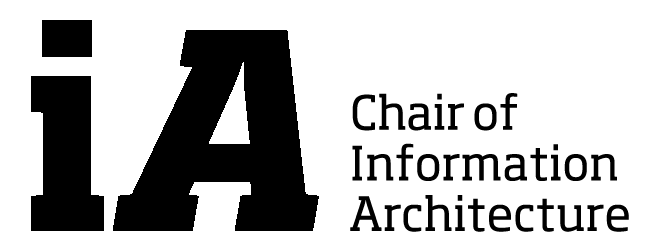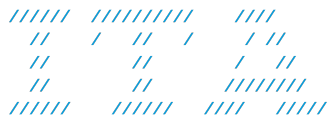The framework Phase(X) involved more than 600 students since 1993 in a series of network-based teaching experiments.
It was the first design course at ETH Zurich that used the computer as a medium.
Phase(X) expands the idea of the paperless studio by building multi-dimensional computer models by networking the designs and by focusing on abstract concepts, such as Types & Instances (Schmitt 1996a, p. 126). Phase(X) treats authorship in a way that is only possible in a networked, cooperative design environment. After each phase, one does not proceed with ones own design but continues with a solution selected from the results of colleagues.
The next step, Phase(1), starts with two-dimensional compositions on an empty grid and places the design into Phase(X) data base. The result is visible in a browser window. In Phase(2) and in all following phases the objects get refined and finally the results are complex objects with shared authorship that can be traced back to the contributing authors and co-authors.
Recently, 15 years later, a similar approach has been developped at TU Delft, that works with ‘project-trees’ to organize different visulalizations. This website (see below: ArchiBrain) researches the possibilities of open collaborative architectural design on the web.



